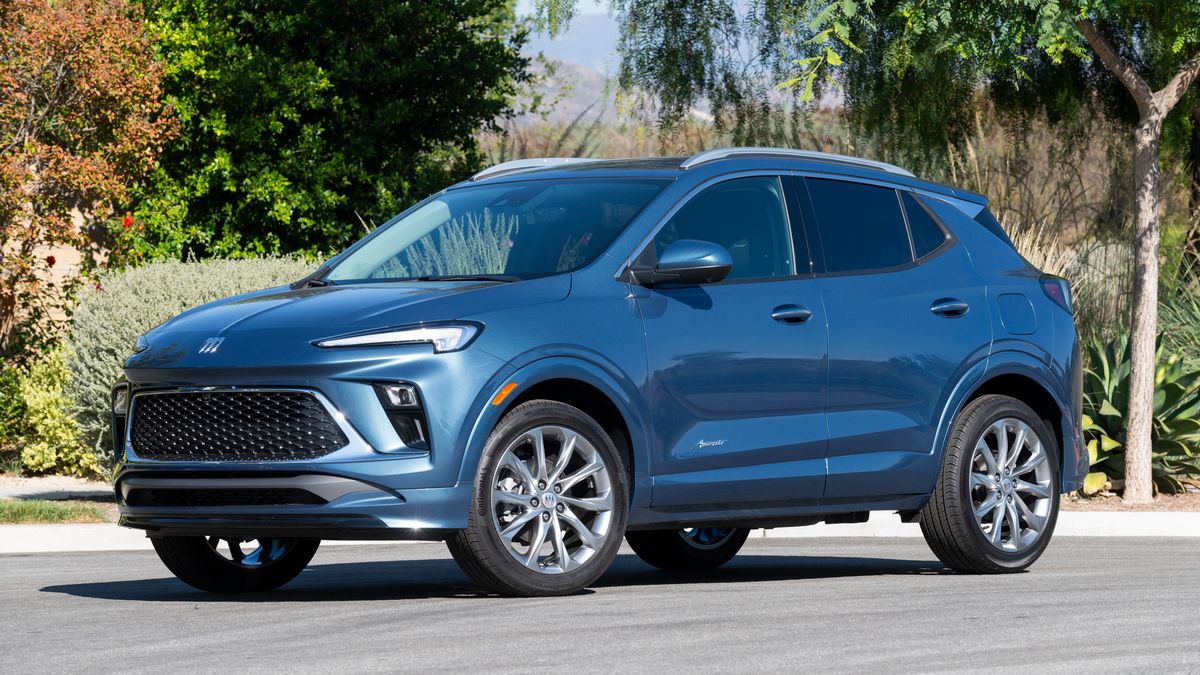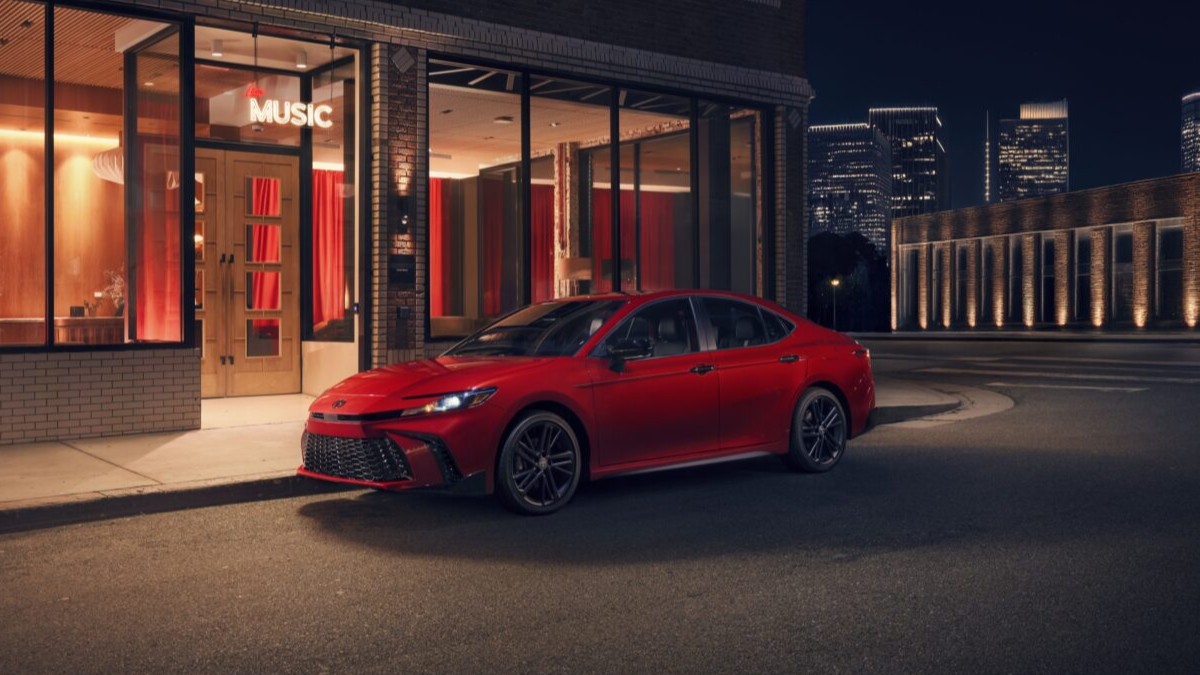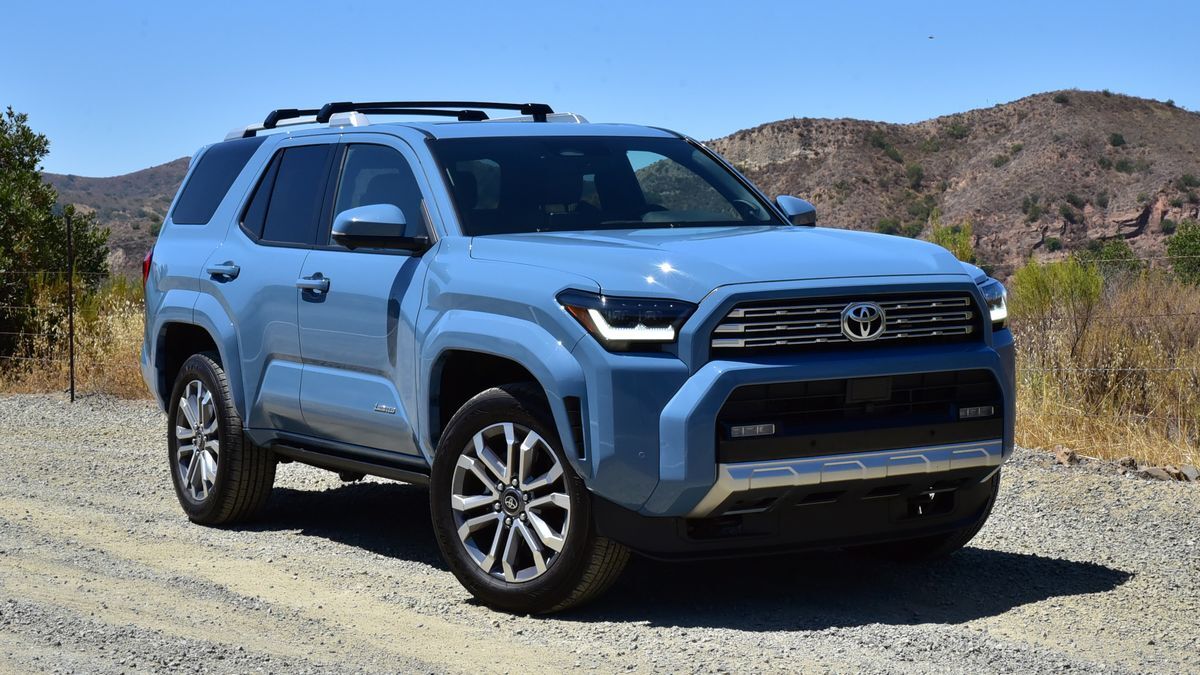The prospect of buying a new car continues to grow less threatening month-by-month as prices come down and Americans’ income grows.
The Cox Automotive/Moody’s Analytics measures how long the average earner would have to work to pay off the average new car. It’s a product of Kelley Blue Book parent company, Cox Automotive. We like the measure because it recognizes that while some Americans can buy cars with cash, most of us buy cars with time.
In August, a new car took less time.
Stable Stickers, Rising Incomes
The number of median weeks of income required to buy an average new vehicle decreased to 42.1 weeks last month. It was 42.2 in July, and also a year ago.
That figure remains historically high. The index hovered between 33 and 36 weeks for most of a decade before the COVID-19 pandemic. But it’s down from a peak of 44 weeks last December. New cars are slowly becoming easier for the average American to afford.
Several factors fed the change. For one, new car prices have essentially stabilized — new cars sold for almost the same price this August as last August.
The month also saw strong income growth, and car dealers added more incentives to lower the price new car buyers paid.
As a result of these changes, the estimated typical monthly payment increased by 0.2% to $760 from a downwardly revised $759 in July. The average monthly payment peaked at $795 in December.
It’s not clear, however, that affordability will continue to improve.
“The improvement streak continued in August for new-vehicle affordability,” notes Cox Automotive Chief Economist Jonathan Smoke. “But will it last with a UAW [United Auto Workers] strike underway? History has shown that an average UAW strike does not disrupt the retail automotive business, but this version may not be ‘average’ given that there’s never been a strike impacting all three major [domestic] automakers at the same time.”








